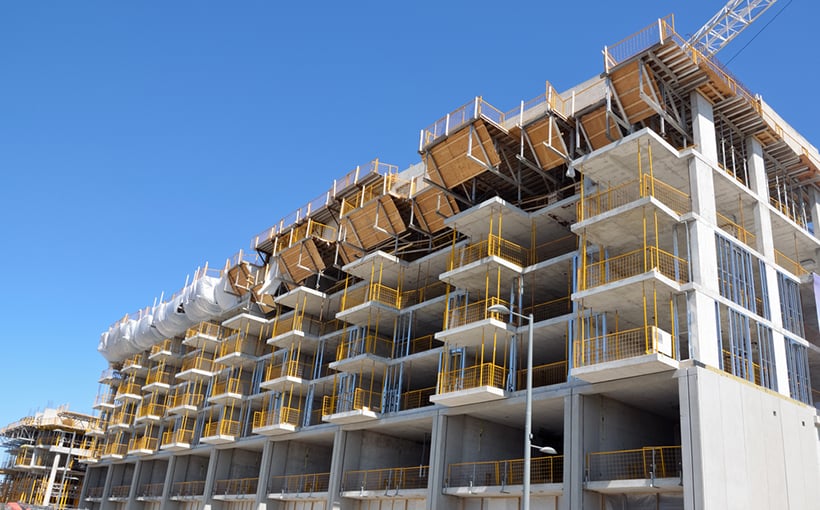The multifamily real estate sector has shown remarkable resilience and adaptability, making it a prime target for investors looking to get ahead of the next cycle. As we navigate through 2024 and entering into 2025, understanding the current trends and strategic approaches can provide a competitive edge.
“We see a unique opportunity in the multifamily sector right now, rental demand are high across different demographic group, occupancy remain strong in amenities rich Class A property. Construction starts trending downward, due to the influx of supply and the high interest rates, signaling a decrease in deliveries in 2026/2027 and potentially beyond. A window of opportunity appear now to benefit from the next cycle,” said Stanley Kung, Managing Director of Elim Investment Management.
Current Trends in Multifamily Real Estate
1. Strong Rental Demand
The strong demand for rental housing in the U.S. is driven by several key factors:
- Affordability Issues: Homeownership has become increasingly unaffordable for many Americans due to rising home prices, limited housing inventory, and high mortgage rates. This has pushed more people toward renting as a more viable option. Buying a home has become particularly challenging for younger buyers in today’s market. As of 2024, the median age for first-time homebuyers in the U.S. has reached an all-time high of 38 years old.
- Economic Factors: Economic inequality, inflation, and stagnant job growth have made it difficult for many individuals to save for a down payment on a home. Renting remains a more accessible option for those with limited financial resources. Studies show that the monthly cost of owning a home versus renting is over 80% higher when considering the addition of maintenance, property taxes, insurance, and general upkeep on top of the mortgage payments.
- Demographic Shifts: Younger generations, particularly millennials and Gen Z, are more inclined to rent rather than buy. This is due to lifestyle preferences, high student debt, and a desire for flexibility in their living arrangements. There has been an increase in higher-income households choosing to rent rather than buy, often due to the flexibility and convenience that renting offers. This trend has further boosted demand in the rental market.
- Urbanization: Years after the pandemic, there is a growing trend of people moving back to urban areas, where renting is more common. Cities offer more job opportunities, amenities, and lifestyle options, making them attractive to renters. New rental housing developments offering community-style living has been very attractive to medium- to higher-income renters as well as institutional investors.
- Supply Constraints: The supply of affordable rental housing has not kept pace with demand. This imbalance has led to increased competition for available rental units, driving up demand. The mortgage rate “lock-in effect” affects resale home availability in today’s market. Many homeowners with existing low-rate mortgages (below 3%) are less inclined to sell their homes and take on a new mortgage at a higher rate (currently at 6.5–7%).
2. Construction and Supply
The multifamily real estate sector in the U.S. is poised for significant changes in the coming years. In 2024, approximately 550,000 new multifamily units are expected to be delivered. This marks one of the largest waves of new apartment supply in decades. There are currently over 1,200,000 units under construction. This substantial pipeline indicates a continued focus on expanding multifamily housing options. However, construction starts are starting to decline in the later part of 2024, with new supply expected to drop below 400,000 in 2026 and 2027.

3. Focus on High-Growth Markets
The current influx of new units is expected to increase the overall vacancy rate. Despite this, the average occupancy rate is projected to remain above 94%, indicating strong underlying demand. Rent growth is anticipated to decelerate due to the increased supply. As of late 2024, with the influx of new supply, the national rent growth has shown signs of stabilization. Rent growth is expected to accelerate in 2025 with a projected include of around 3% as market absorb the inventory and a slowdown in new supply. Reduction in new starts will likely lead to fewer new deliveries by 2026, setting the stage for a potential recovery in occupancy and rent growth.
Markets such as Austin, Dallas, Nashville, and Atlanta, which have high job growth and population growth projections, are expected to see significant growth and stable rent growth in the multifamily sector. Austin as an example, has a strong job market, particularly in tech and innovation sectors, attracts a steady influx of young professionals.
Companies’ relocation and expansion continue to be the main growth driver in Austin, companies such as Amazon, Tesla, Applied Materials, Samsung, Dell, Apple, IBM, Oracle, X Corp, The Boring Company, SpaceX are amongst the top employers in the region. The city’s population growth rate is among the highest in the nation due to it comparatively lower cost of living. Rental housing investors targeting these areas can benefit from the strong demand for multifamily housing and potential for long-term returns.












